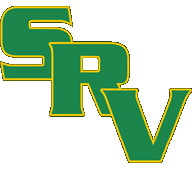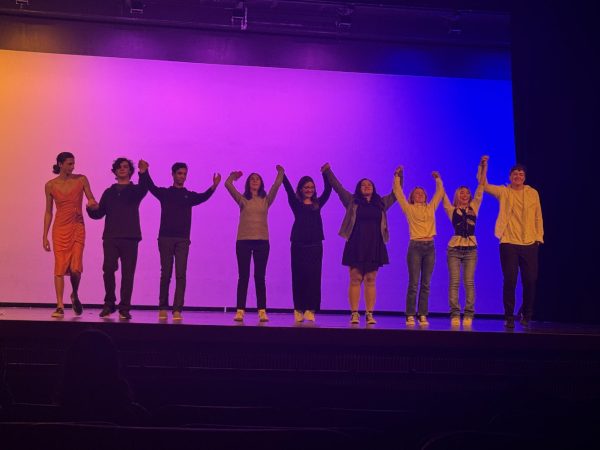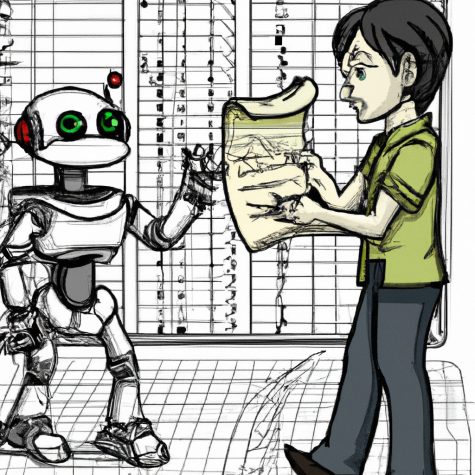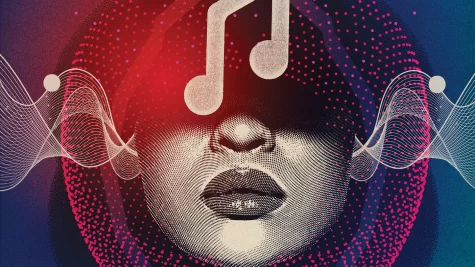NASA at SRV
In recent news, what have you heard about NASA? Most of us probably remember hearing about the Artemis Generation, the first mission of which launched last November. For those who don’t know, the Artemis missions (according to NASA) aim to “land the first woman and first person of color on the moon,” further explore its surface, “establish a long-term presence on the moon,” and gather data to make the first manned trip to Mars.
It’s an exciting time for humanity. Perhaps even more exciting for students in particular—middle school and high school students can participate in the process of designing missions through NASA’s App Development Challenge: a coding challenge where NASA presents students with technical problems. According to NASA, by participating in the ADC they “take a part directly in the Artemis Generation endeavors to land American astronauts, including the first woman and first person of color on the moon.”
Students from SRV’s Computer Science Honor Society (CSHS) have decided to take part in the ADC as part of their activities for this year. According to the CSHS Constitution, the CSHS is “a national level organization which supports thriving environments for success in computing science, encourages enthusiasm for computer science, honors academic excellence, and promotes service.” It’s new to our school this year.
According to NASA’s website, students must develop an app visualizing “the South Pole region of the Moon” for this year’s ADC; to help students complete this task, NASA has provided them with lunar terrain data which they are to use in creating a visual which “displays essential information for navigation and communication.”
The challenge began in early October. Teams were required to create their apps and then submit a video of the app online to NASA. Some may advance from this stage and present their app to engineers and scientists in an interview. In the final stage, NASA “selects the top team/s for a culminating event experience in April 2023” (NASA App Development Challenge (ADC)).
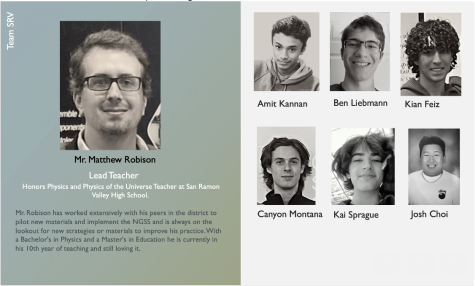
Who’s on SRV’s team? The lead teacher for the NASA ADC at SRV is Physics of the Universe and Honors Physics teacher Mr. Robison. SRV CSHS president and founder Amit Kannan is the project’s lead architect and is also responsible for the virtual reality layer. Ben Liebmann is responsible for the data important layer (a data layer collects data and ensures that an app’s tools get the data they need to function, according to Twilio Segment). Kian Feiz is responsible for the azimuth and elevation angle calculations (according to Celestis, “azimuth and elevation are measures which are used to identify the position of a satellite flying overhead”). Kai Sprague is responsible for the figma (or UI/UX design, according to Envato Tuts+). Josh Choi is responsible for project coordination and tools. Canyon Montana is responsible for community outreach.
The team submitted their video in December, and was unique in their approach to the challenge. They said that “instead of going through the traditional approach of game engines like Unity, [they] decided to use augmented reality.” But what’s a game engine? What is augmented reality?

A game engine is, according to Arm, “a software development environment” and is often used to create video games. Many of us have probably heard of augmented reality. AR (augmented reality) is similar to VR (virtual reality), in that neither AR nor VR is truly reality. However, they are also different in one important way, according to PCMag: VR is a simulated environment while AR takes a real environment and adds features to it in real time. A game engine may not necessarily change a real environment in real time, but AR devices do.
SRV’s team explains that their approach “will enable the team at NASA to visualize the terrain in real-time in an AR space while planning their missions.” They add that “with this approach the user not only visualizes the data better,” but “they also get control over how they handle it.” Their approach will allow NASA’s team more flexibility during their mission, allowing them to adjust and add to their environment as they complete the mission. The end result is a more accurate visualization of the South Pole region of the Moon.
“We are super excited about the potential of presenting the data in AR as a next step; we want to see how we can do the same in VR,” says the team.
The SRV CSHS’s approach is incredibly interesting. We wish them the best of luck!

